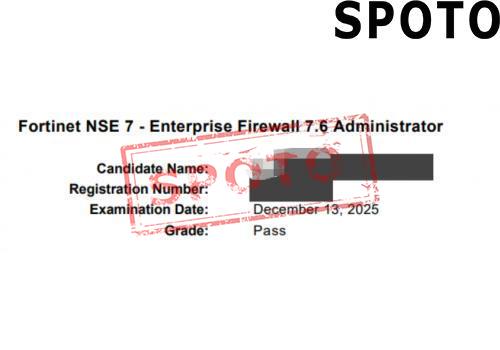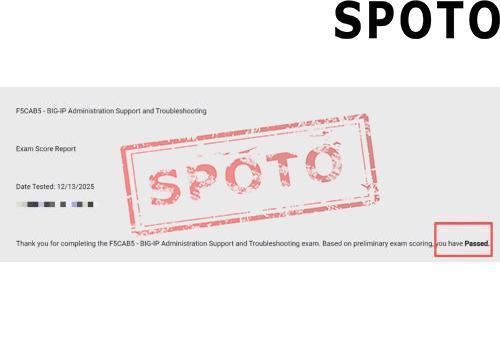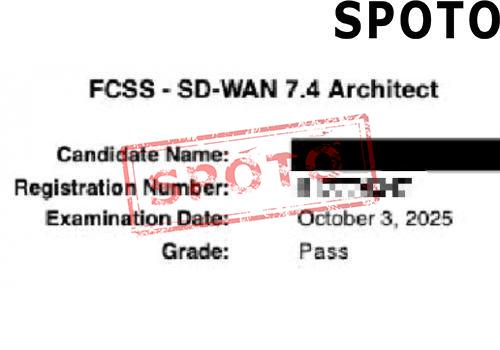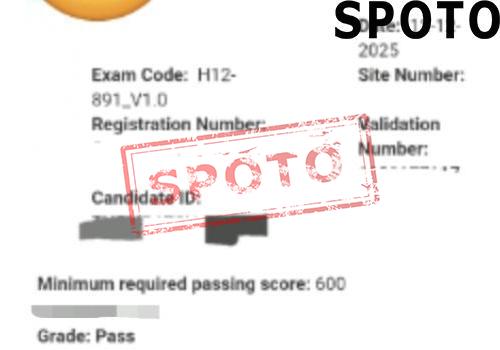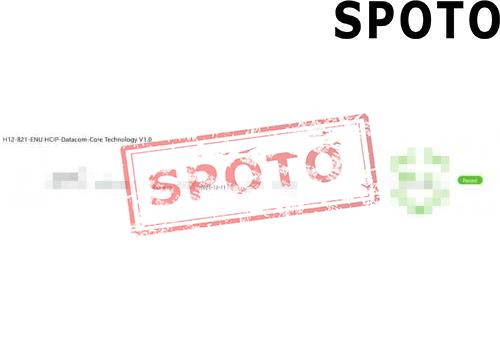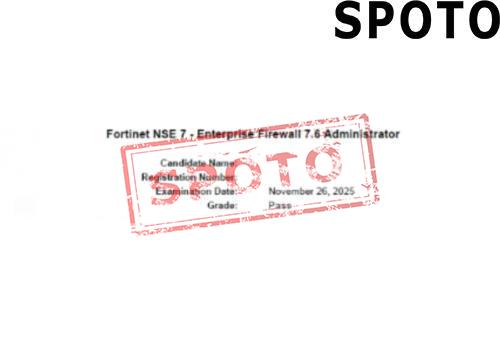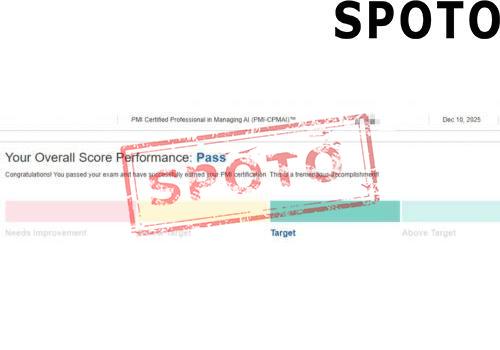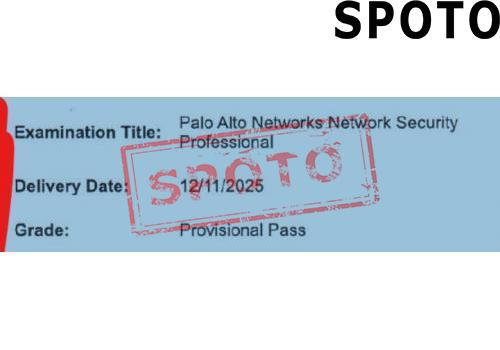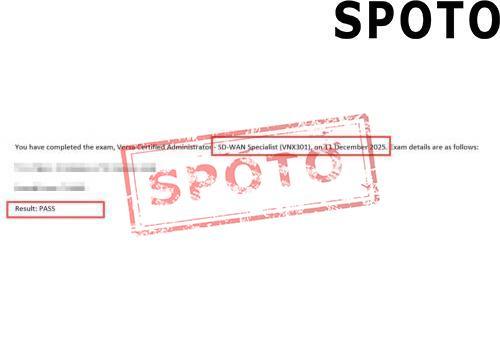
The Palo Alto Networks Certified Network Security Engineer (PCNSE) certification is a top-tier credential for cybersecurity professionals aiming to demonstrate their expertise in Palo Alto Networks technologies. While it's a valuable certification, it's also known for its challenging content and real-world scenarios. Many candidates find specific sections of the exam especially tough. So, how do you navigate these tricky parts and come out successful? Let's dive into the most difficult areas of the PCNSE and how to master them.
1. Panorama Management: Don't Just Memorize—Understand
Why it's hard: Panorama centralizes management of multiple firewalls, but its setup, templates, device groups, and shared policies can be confusing. Many candidates struggle to understand how changes cascade across multiple devices.
Tip: Spend hands-on time using Panorama in a lab. Learn how templates apply configurations to managed devices and how device groups organize policy rules. Practice pushing changes and troubleshooting sync issues. Don't just memorize where buttons are—understand how Panorama fits into a real-world enterprise deployment.
2. Security Policies and App-ID: Know the Logic
Why it's hard: Security policies in Palo Alto firewalls are rule-based and deeply tied to App-ID, which identifies applications rather than relying solely on ports and protocols. Understanding how App-ID, user-ID, and content-ID all come together in policy enforcement can get overwhelming.
Tip: Use the CLI and GUI to analyze traffic logs and see how policies match. Pay attention to rule ordering, shadowed rules, and how App-ID dynamically adjusts during a session. Practice tuning security profiles for malware and URL filtering within policies. Knowing how to read traffic logs is key to troubleshooting issues.
3. NAT Rules and Route-Based VPNs: Lab, Lab, Lab
Why it's hard: NAT configurations and VPN setups can be complex, especially when layered on top of each other. Route-based VPNs using tunnel interfaces often confuse candidates new to networking.
Tip: Build a lab with two firewalls and create site-to-site VPNs using tunnel interfaces. Experiment with static, dynamic, and policy-based NAT. Understand the difference between pre-NAT and post-NAT addresses and how NAT interacts with security policies and routing. The only way to truly master this is through hands-on practice.
4. Decryption and SSL Inspection: Handle With Care
Why it's hard: Decryption introduces privacy, compliance, and technical challenges. Many candidates struggle to configure SSL Forward Proxy and SSL Inbound Inspection correctly, especially when dealing with certificates.
Tip: Focus on the decryption policy structure and understand how certificates are generated and trusted. Practice installing enterprise CA certificates and troubleshooting certificate errors on client browsers. Remember, decryption policies require both technical skill and an understanding of business implications.
5. Troubleshooting and Log Analysis: Think Like a Detective
Why it's hard: The exam is heavy on troubleshooting scenarios where you must interpret logs and pinpoint misconfigurations or behavioral issues. These questions test your ability to think critically and apply knowledge, not just recall facts.
Tip: Get familiar with the Monitor tab and learn how to dissect traffic, threat, and system logs. Understand the sequence of traffic flow—how a session is built, inspected, and acted upon. Use CLI commands like show session all, debug dataplane, and less mp-log to simulate real-world debugging.
Extra Tips for Success
-
Practice with real devices or virtual firewalls: Palo Alto Networks offers virtual machines for lab use. You can build networks, simulate traffic, and fine-tune your skills.
-
Use official documentation and whitepapers: These resources are goldmines of detailed explanations, especially on niche topics like QoS or User-ID integration.
-
Focus on scenario-based learning: PCNSE isn't about rote memorization. Build problem-solving habits that mirror real job duties.
-
Don't neglect the cloud components: Features like Prisma Access and GlobalProtect are increasingly important and show up in the exam.
Final Thoughts
The PCNSE exam is a serious challenge, but the payoff is equally significant. It sharpens your real-world skills, strengthens your cybersecurity resume, and proves that you can manage complex network security environments using Palo Alto Networks tools. Focus on hands-on practice, especially in the areas mentioned above, and you'll be well on your way to success.
Remember, the toughest topics often lead to the biggest breakthroughs. Stay persistent, and don't just aim to pass the exam—aim to understand the platform inside and out.
